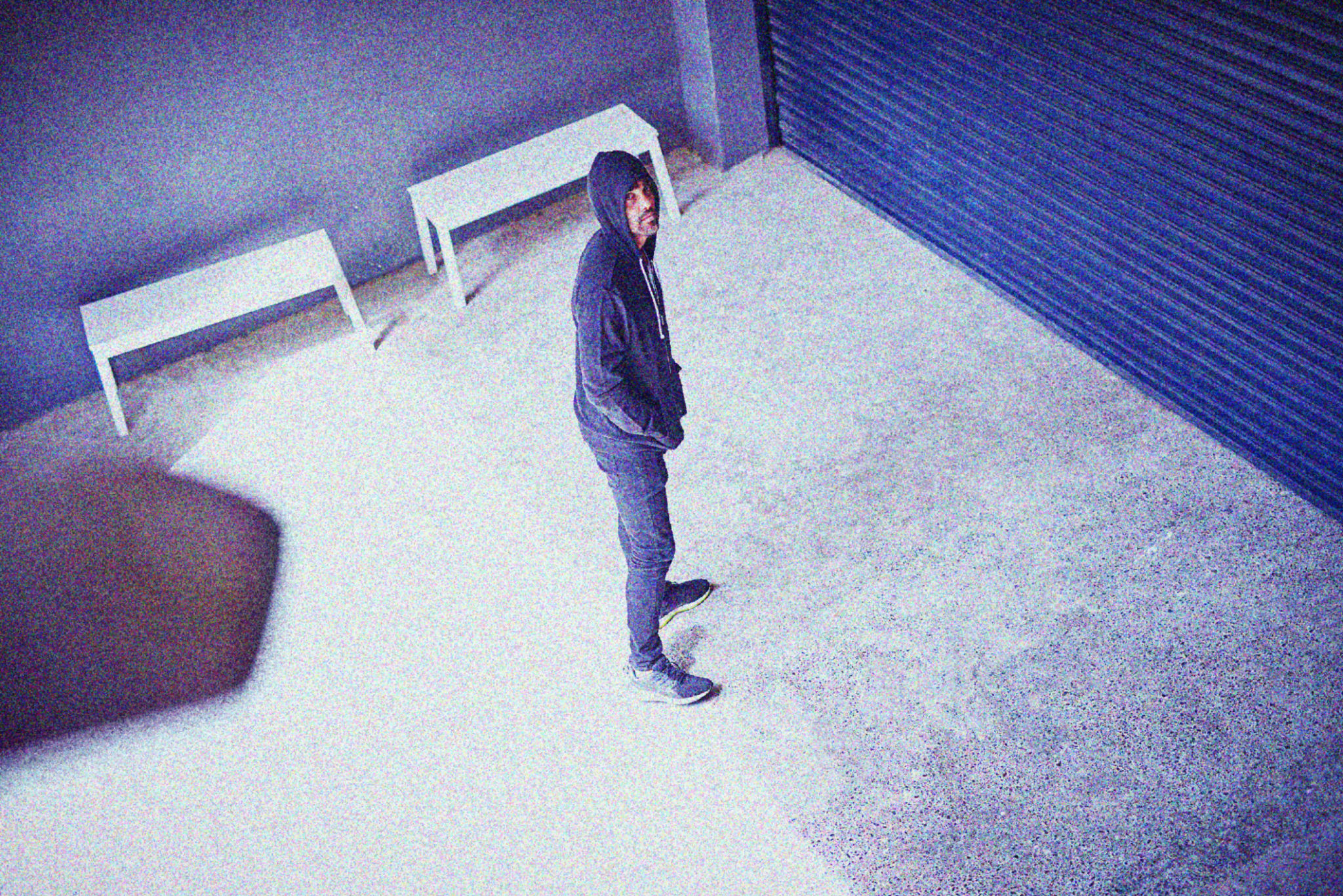How to Install Security Cameras in Woodstock: A Step-by-Step Tutorial
AM
Understanding the Basics of Security Cameras
Installing security cameras in your Woodstock home or business is an effective way to enhance safety and deter potential intruders. Before you start, it's essential to understand the different types of cameras and their features. There are two main types: wired and wireless. Wired cameras offer a stable connection, while wireless cameras provide flexibility in placement.
Consider the resolution and night vision capabilities of the cameras. Higher resolution cameras capture clearer images, and night vision is crucial for monitoring areas in low-light conditions. Choosing the right system depends on your specific needs and budget.

Planning Your Security Camera Installation
Proper planning is crucial for a successful installation. Start by identifying the areas you want to monitor. Entry points like doors and windows, driveways, and backyards are common locations. Ensure cameras cover all blind spots and provide comprehensive coverage.
Once you've identified locations, sketch a layout plan. This will help you determine how many cameras you need and the best positions for them. Consider factors such as lighting conditions, camera angles, and potential obstructions like trees or structures.
Gathering the Necessary Tools and Equipment
Before you begin the installation process, gather all the necessary tools and equipment. You'll need a drill or screwdriver, mounting brackets, cables (for wired systems), and a power source. For wireless cameras, ensure you have a stable Wi-Fi connection.
It's also helpful to have a ladder for reaching higher spots and a pencil for marking drill points. Ensure all components, including the cameras, DVR/NVR (for wired systems), and monitor, are functioning correctly before proceeding.

Installing Your Security Cameras
With your plan in place and tools ready, it's time to install the cameras. Follow these steps:
- Mount the Cameras: Use the drill and mounting brackets to secure each camera in its designated spot. Ensure they are firmly attached and positioned at the right angle.
- Connect the Cameras: For wired systems, run the cables from each camera to the DVR/NVR. Wireless systems require pairing each camera with your Wi-Fi network.
- Power Up: Connect each camera to a power source. For battery-operated models, ensure they are fully charged.
Once installed, adjust the angles as needed to ensure optimal coverage of your property.
Configuring and Testing Your Security System
After installation, configuring your system is crucial for maximizing efficiency. Access the camera settings via the accompanying software or app. Set up motion detection alerts, customize recording schedules, and configure storage options.
Test each camera by walking through monitored areas to ensure they capture clear footage. Adjust settings as needed to improve performance. Regularly check for firmware updates to maintain security and functionality.

Maintaining Your Security Cameras
Once your security cameras are up and running, regular maintenance is essential. Clean lenses periodically to prevent dust or debris from obstructing views. Check connections and power sources to ensure they remain secure.
Review recorded footage regularly to verify that everything is functioning correctly. By staying proactive with maintenance, you can extend the lifespan of your security system and ensure continuous protection for your Woodstock property.
With these steps, you're well on your way to having a thoroughly secured home or business.